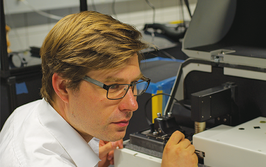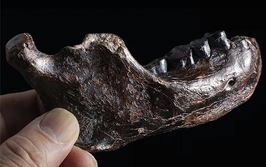Detecting agglomerates within pharmaceutical formulations
Particle agglomeration can compromise the clinical efficacy of pharmaceutical products and must therefore be closely controlled. Automated particle image analysis provides one technology which can aid agglomerate detection. This article provides practical guidance on how imaging can be applied as a routine method to robustly identify and quantify the state of agglomeration of pharmaceutical formulations.
Detecting agglomerates within pharmaceutical formulations
Particle agglomeration can compromise the clinical efficacy of pharmaceutical products and must therefore be closely controlled. Automated particle image analysis provides one technology which can aid agglomerate detection. This article provides practical guidance on how imaging can be applied as a routine method to robustly identify and quantify the state of agglomeration of pharmaceutical formulations.
A new article from Malvern Instruments provides practical guidance on using automated particle image analysis to detect agglomerates in pharmaceutical formulations. Particle agglomeration has the potential to compromise clinical efficacy and must therefore be closely monitored and controlled during manufacture. Experimental data illustrate different strategies for the detection of agglomerates on the basis of size, shape and, where necessary, chemical identification. Compared with manual microscopy, automated imaging is fast, statistically reliable and cost efficient, making it a valuable tool for product development, process troubleshooting and QC.

















